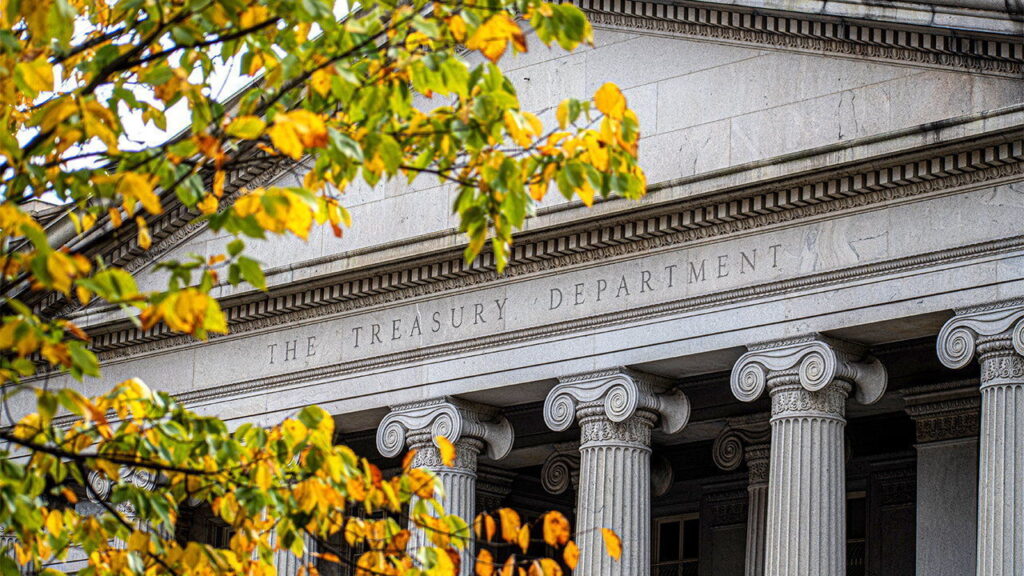Donald Trump’s transition team has created a narrative suggesting an overwhelming eagerness among individuals to collaborate with him in his administration. At the forefront of this recruitment effort is Howard Lutnick, the chief executive of Cantor Fitzgerald, a notable investment firm. Lutnick has made bold claims regarding his outreach efforts, asserting that he is in contact with what he describes as “the top 150 businesspeople across the United States of America.” This statement signals a concerted effort to assemble a team composed of influential figures within the business sector to support Trump’s administration.
The speculation surrounding potential candidates for various positions within the administration has been extensive. A wide variety of names have circulated in discussions about who might fill key roles, particularly within the Treasury Department. Among the names frequently mentioned is Jamie Dimon, the head of JPMorgan Chase. However, Dimon has been vocal about his lack of interest in accepting the treasury secretary position, despite the attention his name has garnered. This has become a common refrain among many high-profile executives who have found themselves in discussions about potential roles but prefer to remain focused on their current responsibilities rather than enter the political arena.
Another prominent figure in the mix is Jay Clayton, who served as the chairman of the Securities and Exchange Commission (SEC) during Trump’s first term. His name has arisen in conversations related to various roles within the administration, particularly the idea of overseeing the CIA. This interest indicates a strategic shift in Clayton’s career aspirations, as he contemplates a move towards a position that is fundamentally different from his previous role in finance regulation. The fluidity of such career trajectories among business leaders reflects the overlap between finance and governance, and how skills in one area can translate to opportunities in another.
Moreover, there is Steven Mnuchin, the former treasury secretary, who previously held the position during Trump’s first term. Despite having served in this capacity and navigating the complex financial landscape of the Trump administration, Mnuchin has made it clear that he does not intend to return to the role. His decision underscores a broader trend among some of these high-profile individuals—while they may be sought after for their expertise and experience, many are choosing to decline offers for various reasons, including a desire for autonomy in the private sector, or simply a lack of interest in returning to public service.
In addition to Lutnick’s impressive claims and the array of names that have surfaced, the overall atmosphere surrounding Trump’s recruitment efforts for his next administration seems rife with ambition and competition. The mix of seasoned executives and their reluctance to accept government roles highlights an intriguing dynamic. While there appears to be a pressing demand for their skills within the political realm, the prevailing sentiment suggests a hesitation to engage deeply in political life, which can often come with its own set of challenges and scrutiny.
This recruitment narrative by Trump’s transition team also reflects a broader strategy of leveraging established expertise from the business world to tackle governmental challenges. The blending of business acumen into political positions evokes the idea of running the government more like a business, a concept that has garnered both support and criticism over the years. As the search continues for capable individuals to round out the administration, it will be fascinating to see how this unfolds and whether the names in contention will evolve as the transition period progresses.
In conclusion, while there is significant chatter about potential candidates for key positions, the reality of securing interest from these business elite remains complex. The blend of ambition, apprehension, and competing interests from the likes of Lutnick, Dimon, Clayton, and Mnuchin paints a rich tapestry of the landscape facing Trump’s transition team’s efforts. With each passing day, the dynamics of interest and the interplay of public and private sector aspirations will shape how the next stage of the administration’s framework is constructed.









